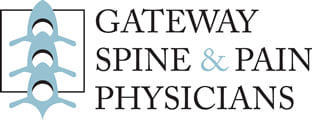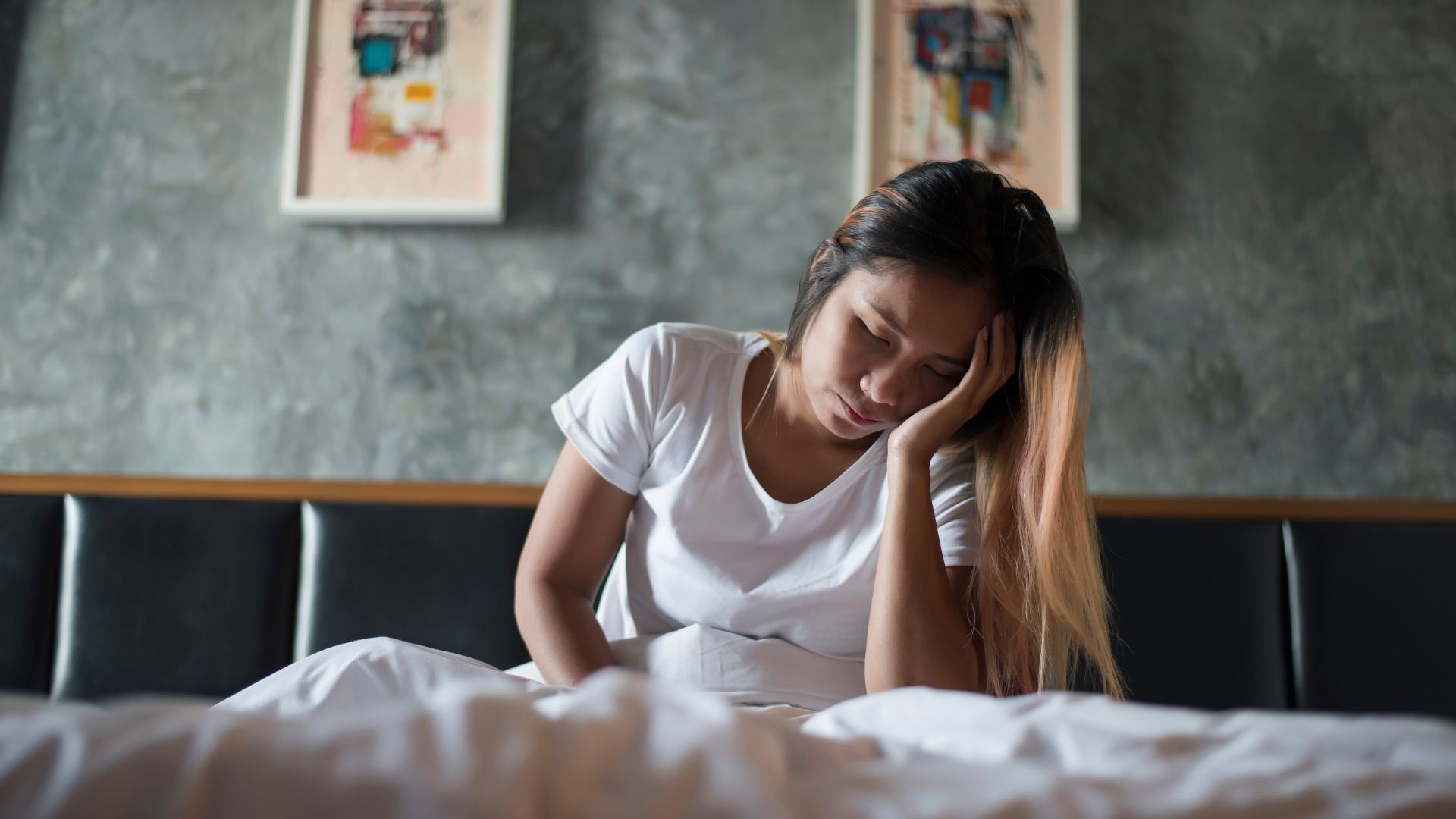Headaches After Exercise: What You Need to Know

Do you often experience a headache after working out? If so, you’re not alone. You might feel pain in your temples or behind your eyes. The pain can vary from mild to severe and might last for a few minutes or up to a few hours.
There are several different causes of headaches after exercise, and it’s essential to understand the most common causes of headaches after exercising, their types, and their symptoms.
1. Migraine
In the US, more than 38 million people have migraine disease. For some, migraines may be brought on by physical activities like lifting weights or after cardio workouts.
When you have a migraine, you will experience a throbbing sensation or pulsing pain on one side of your head. The pain is accompanied by nausea, vomiting, and sensitivity to light and sound. Migraine attacks can last for hours or even days.
If you experience migraines after exercise, you must see a doctor. They can help you identify the triggers and develop a treatment plan.
2. Tension Headache
According to the World Health Organization, tension headaches are the most common type. They can be caused by stress, neck pain, or fatigue. Tension headaches usually feel like a dull ache or pressure around the forehead or back of the head.
If you suffer from a tension headache, you may also have symptoms like:
- neck pain or stiffness
- tired eyes
- trouble concentrating
- dizziness
- lightheadedness
For example, neck pain can further irritate the muscles and nerves already inflamed from a tension headache. It will cause more pain and discomfort in the spinal cord and head region.
Tension headaches can be treated with over-the-counter pain relievers like ibuprofen or aspirin. In extreme cases of chronic pain, spinal cord stimulation may be recommended. The process involves placing a small device near the spinal cord that sends electrical impulses to the nerves. It can help relieve pain signals from getting to the brain. If you need spinal cord stimulation in Chicago, contact Gateway Spine & Pain specialists.
3. Sinus Headache
After a run or workout, you might feel pressure on your forehead and temples. It is because exercise can cause inflammation of the blood vessels in these areas. The resulting pressure is called a sinus headache.
Sinus headaches are often mistaken for migraines. They can cause similar symptoms, including throbbing pain, sensitivity to light, and nausea. If you have a sinus headache, you might also have a fever, runny nose, and congestion. These symptoms are caused by sinusitis, an inflammation of the sinuses.
Gateway Spine & Pain offers the best pain management treatments for headaches after exercise. If you are seeking relief from chronic back pain, headaches, or other conditions, our team of experts can find the root cause of your pain and develop a treatment accordingly.

